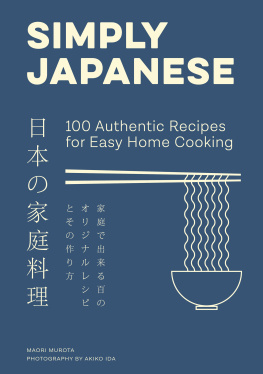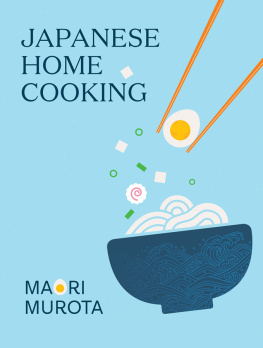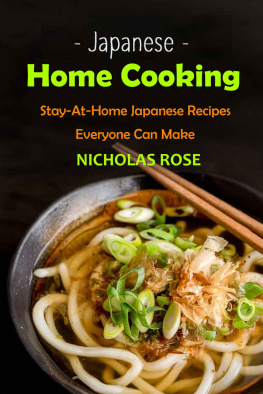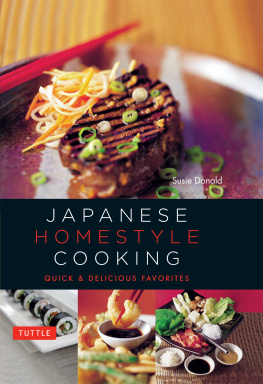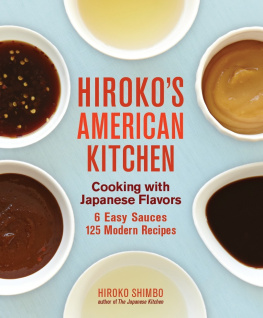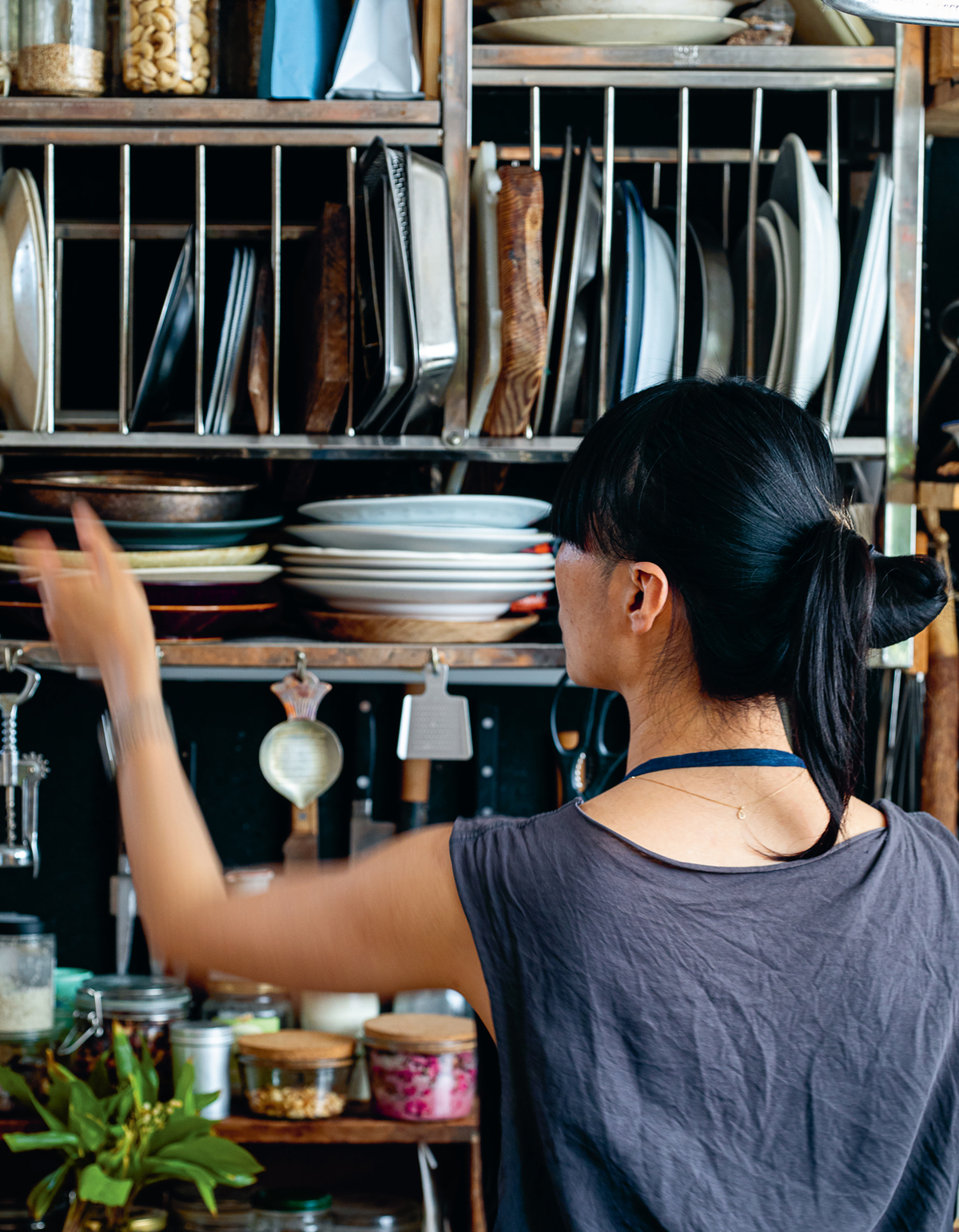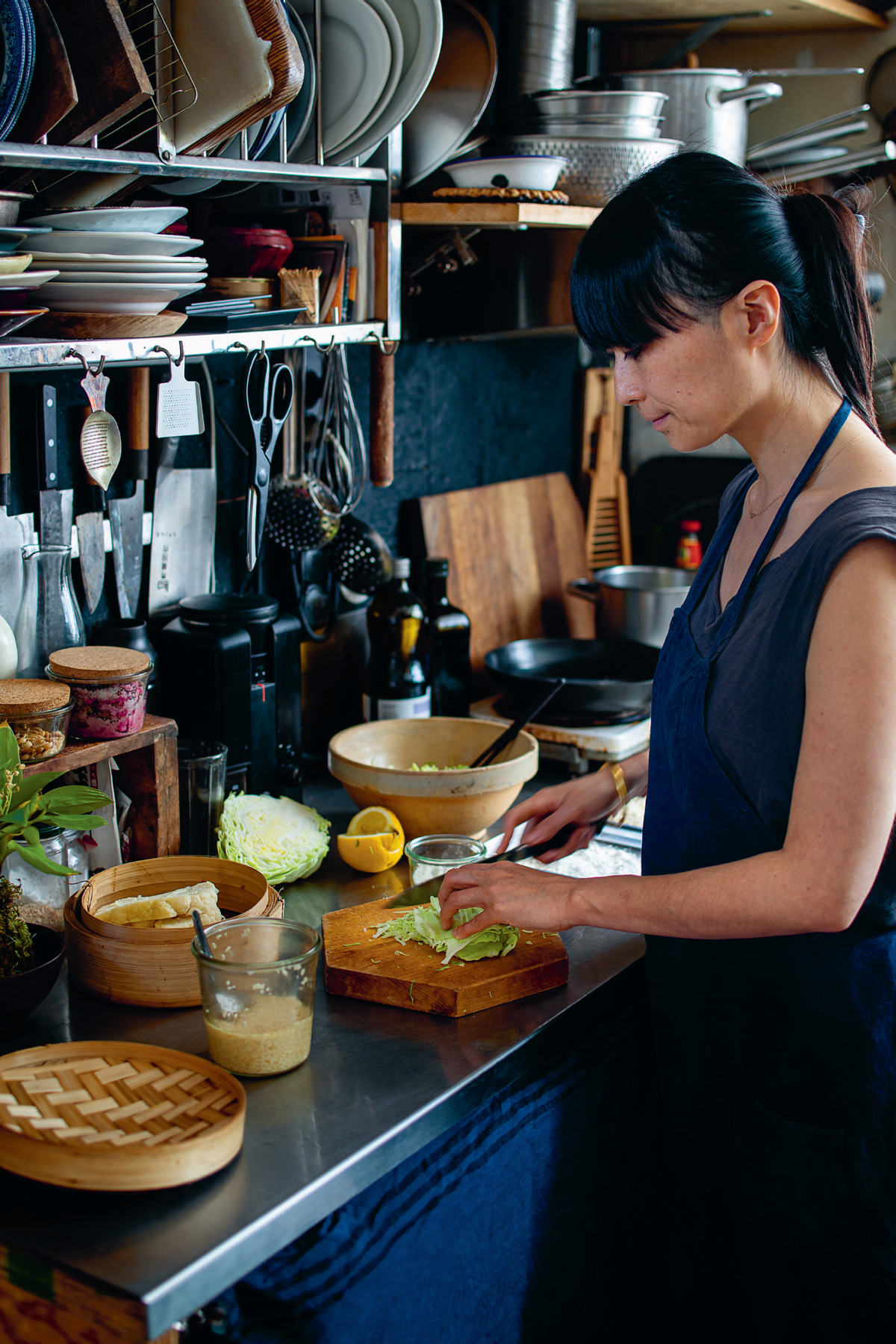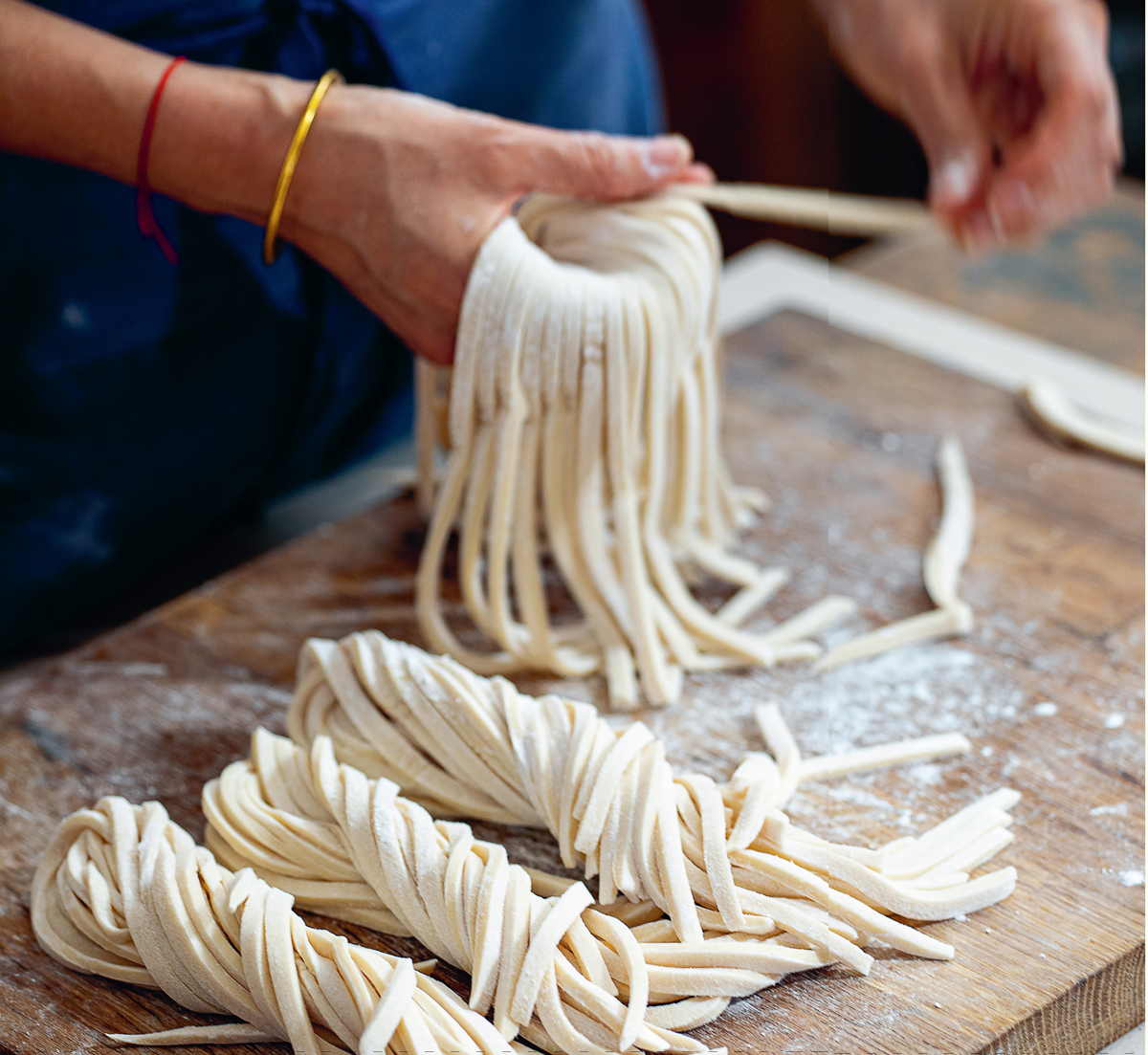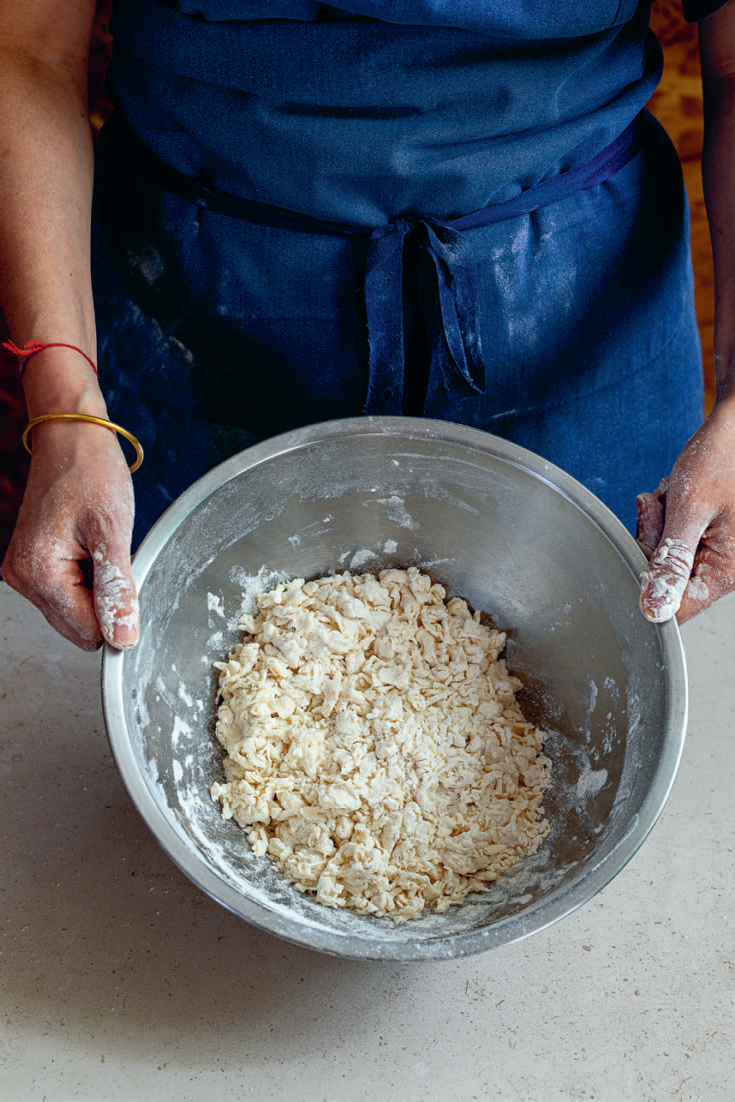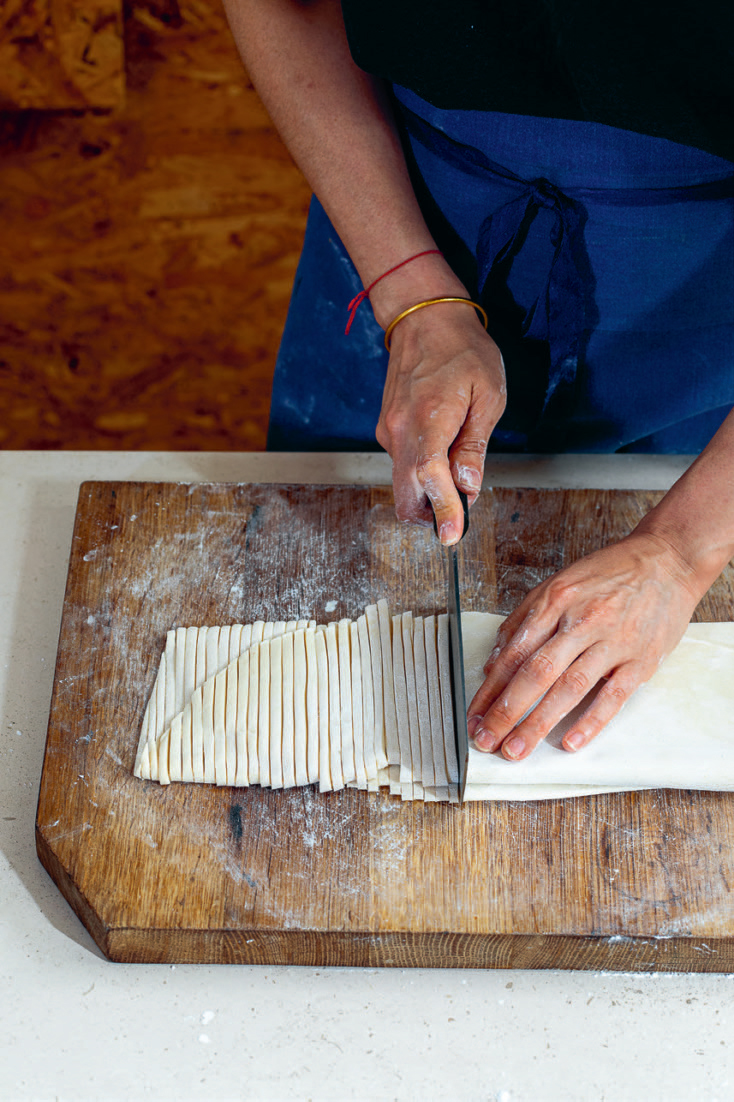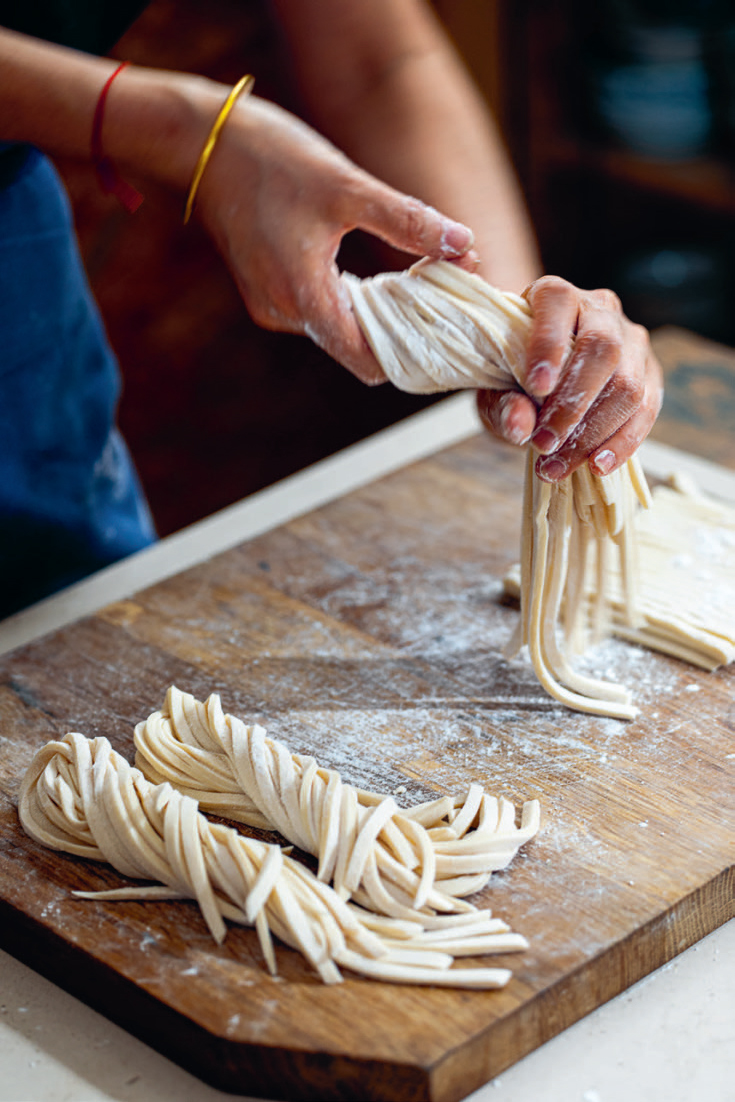Maori Murota - Simply Japanese: 100 Authentic Recipes for Easy Home Cooking
Here you can read online Maori Murota - Simply Japanese: 100 Authentic Recipes for Easy Home Cooking full text of the book (entire story) in english for free. Download pdf and epub, get meaning, cover and reviews about this ebook. year: 2022, publisher: Harper Design, genre: Home and family. Description of the work, (preface) as well as reviews are available. Best literature library LitArk.com created for fans of good reading and offers a wide selection of genres:
Romance novel
Science fiction
Adventure
Detective
Science
History
Home and family
Prose
Art
Politics
Computer
Non-fiction
Religion
Business
Children
Humor
Choose a favorite category and find really read worthwhile books. Enjoy immersion in the world of imagination, feel the emotions of the characters or learn something new for yourself, make an fascinating discovery.
- Book:Simply Japanese: 100 Authentic Recipes for Easy Home Cooking
- Author:
- Publisher:Harper Design
- Genre:
- Year:2022
- Rating:3 / 5
- Favourites:Add to favourites
- Your mark:
Simply Japanese: 100 Authentic Recipes for Easy Home Cooking: summary, description and annotation
We offer to read an annotation, description, summary or preface (depends on what the author of the book "Simply Japanese: 100 Authentic Recipes for Easy Home Cooking" wrote himself). If you haven't found the necessary information about the book — write in the comments, we will try to find it.
Enjoy delicious, healthful Japanese food anytime with this stylish four-color cookbook from the author of the international bestseller Tokyo Cult Recipes, featuring 100 authentic and simple recipes to get you cooking like a pro in your own kitchen.
In Simply Japanese, Maori Murota gives homes cooks the ingredients, tools, and confidence they need to easily prepare dishes that are staples of Japanese family cuisine, such as udon, soba, miso, onigiri, and tofu.
Born and raised in Japan and now living in France, Maori couldnt find the Japanese products she normally relied on due to the pandemic. To enjoy her favorite Japanese foods, she decided to try making them herself in her own kitchen. Drawing on her twenty years of experience as a caterer, she began experimenting, making batches of udon noodles, gyoza dough, and fermenting tsukemono pickles using locally sourced ingredients. The results were delicious! Maori was pleasantly surprised at how easy it was to make these authentic Japanese staples. Best of all, in creating these dishes from scratch, she felt a deep connection to her mother and grandmother whom she watched make these same delicious dishes by hand while she was growing up.
Combining detailed step-by-step instructions and gorgeous photos, Simply Japanese includes traditional recipes for the appetizers, soups, dinner entrees, desserts, and more Maori grew up eating in Tokyo as well as her own original dishes inspired by foreign cuisines. She also offers vegan alternatives and tips for many of the recipes, showing that a totally plant-based Japanese diet is well within our reach.
Mouthwatering, full of flavor, good to eat, and good for you, the recipes in this sumptuous cookbook, illustrated with beautiful full-color food shots, will take cooks of every level, from novice to experienced, on a journey to the heart of Japanese cuisine today.
Maori Murota: author's other books
Who wrote Simply Japanese: 100 Authentic Recipes for Easy Home Cooking? Find out the surname, the name of the author of the book and a list of all author's works by series.

